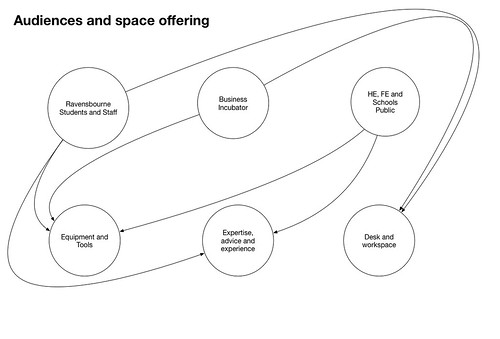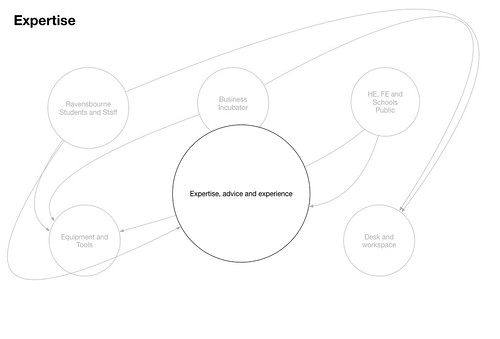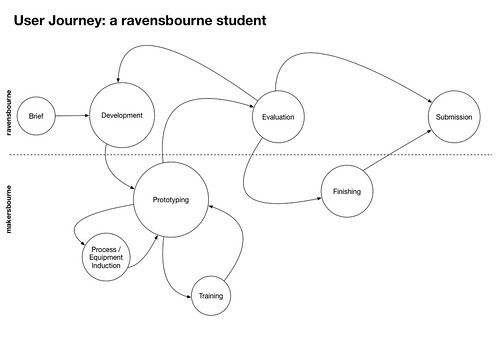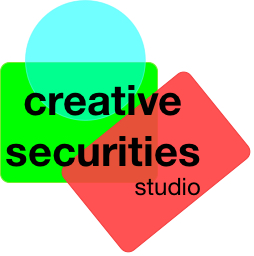A good few years back I was asked by a friend to chat about ideas to help launch the Brighton Photo Biennial, something including mobile phones and the city. I had a few chats with the people involved but my slightly strange vision of turning the city skyline of Brighton into something more like Akira’s Neo-Tokyo didn’t really work.
Within Brighton though is a beacon of creativity, and what the creative response means to a community, multiple communities, how they can intersect and share as well as have their own identities. The Lighthouse is a creative cultural institution and for years now it has been promoting, supporting and commissioning challenging, creative, cultural work on the current state of the world.
The most current artistic Director, Juha van’t Zelfde is about to move on, so an opportunity now exists for someone new to take the artistic direction of this institution into a new age.
Right now, in the world as it is now, I want to imagine how an institution could start to evolve itself to support the critical art and communcations landscape of the urban environmnet, to be a beacon of hope to so many people, not just in this country but across the channel into europe and beyond, not as an imposer but as a cultural learner and reflector, a new institution to help weave the new needs for interlectual and critical thinking back into the fabric of our modern lives. To use the urban fabric of a city in ways that have not before, to enhance the safety of the communities and their ability to talk and share with each other, to discuss, argue and agree, to
This isn’t an artistic manifesto for such a new director to do, its my grab bag of ideas that might just stimulate better ones in shaping what this institution can and will mean to so many people.
Progaganda & News
Right now, the culture of trust around news is broken, the words fake news bandied about and basic fact checking ignored. Even the concept of a fact appears to have been brought into question. We live in both a world of Newspeak from 1984 but also the numbing entertainment pacification industry of Brave New World. Language is quickly subverted and broken. Propaganda, advertising even art brought into play to create the spaces of obviously broken ‘knowledge’ yet no matter how much the hollowness of the representation of reality is questioned it continues to be accepted.
In the UK, the press is more right wing, reactionary and delivering the agenedas of rich owners that almost any other western country.
Can this be changed?
Can a ciy, which is possibly the new political power block reject these agendas and create new spaces of information, discourse and communication?
Juha’s work at Lighthouse has started to look at propaganda in its new forms, the next step is to take the counter actions into the streets and pave the city with a new way of understanding and reading the news.
In some of the ways I have started to talk about with new news labs, to make the processes of journalism more transparent, to present stories alongside analysis, to show ownership and influence and interests and for a city to shun the wrong and the bigoted. Liverpool still shuns the Sun because of the way that paper treated the Liverpool fans over Hillsborough, yet that paper across the rest of the country pedals its lies, as do many others. Can critical spaces be created that do not welcome these papers?
In 2004, Dan Gillmor said ‘We, The Media’ yet if we look at ourselves should we be proud or ashamed of that media. Can we develop new norms?
Lighthouse is well placed, its network is across all media, across all kinds of creative practice. In theory if someone walked in that door with an idea, Lighthouse and the amazing team that works there could connect the relevant people to make it happen. This is such a valuable community resource, a route for enabling and amplifying the voices of those who are being ignored and sidelined.
Lighthouse does a lot of community and charity work and hopefully the new Artistic Director will support and enhance this, creating new oppotunities to involve these communities and to open access to the worlds of media and cultural industry which might previoulsy have been closed to many.
Could they support the likes of Arts Emergency, Anti-University and others in opening up access and support networks to those that want to study liberal arts, creative work. Can the work they do already in supporting Maker communities further push the reach of these spaces and activities into different classes, for example how to include the elderly or even support the work of Design Against Crime in developing the concept of creative and design teaching in prisons.
I am looking forwards to what happens with this beacon by the coast, i’m putting a lot of hopes into it.




